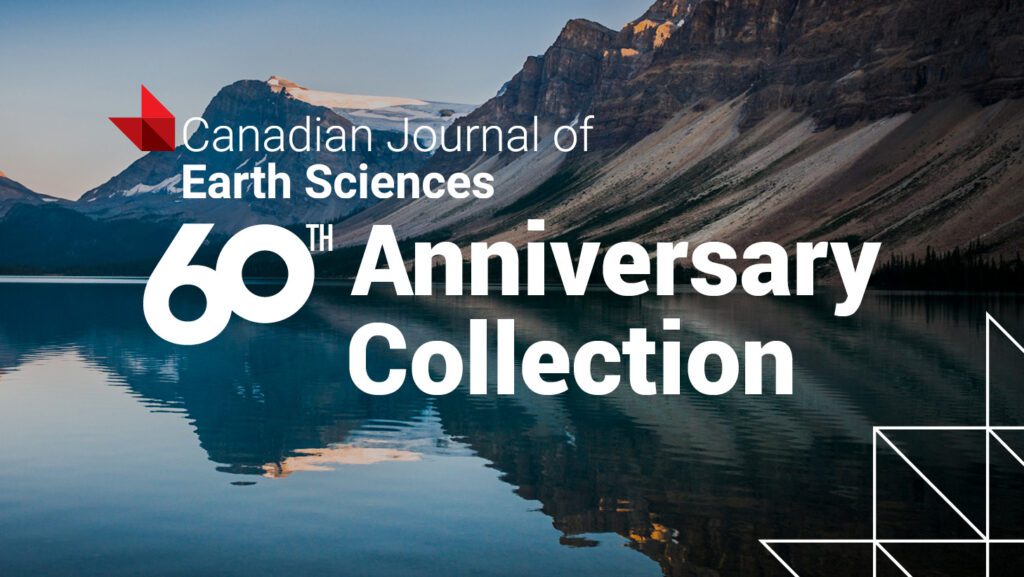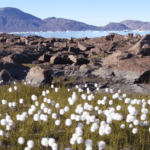You’ve done the research. You’ve written the manuscript. You’ve revised the introduction, the methods, the results, and the discussion several times. Have you paid attention to the title?
“The title is the first (and sometimes the only) thing the majority of people will read when it comes to your paper”, says Dr. Brendan Connors, Associate Editor of the Canadian Journal of Fisheries and Aquatic Sciences (CJFAS). “To stand out in the sea of papers that are produced today, a good title has become even more important than ever.”
But what makes for a great title? We asked Dr. Connors, Dr. Brian Beres (Editor-in-Chief of the Canadian Journal of Plant Science), and Dr. Sally Pehrsson (co-Editor-in-Chief of the Canadian Journal of Earth Sciences) to share their tips.
Don’t overgeneralize or overstate your findings
Almost every reader of research papers has come across misleading titles. “One of the biggest temptations when writing a title is to overgeneralize the focus of the paper and overstate its findings,” says Connors. While an overgeneralized or overstated title may draw readers to the paper, they will be irritated and disappointed to discover when they read the abstract that the title was misleading. Don’t waste a reader’s time with false promises. As Connors says, “this only serves to turn [readers] off reading the rest of the paper and citing it in the future.”
Pehrsson agrees. “So often a title and content are not connected enough. Authors should be upfront about what is ‘under the lid.’”





